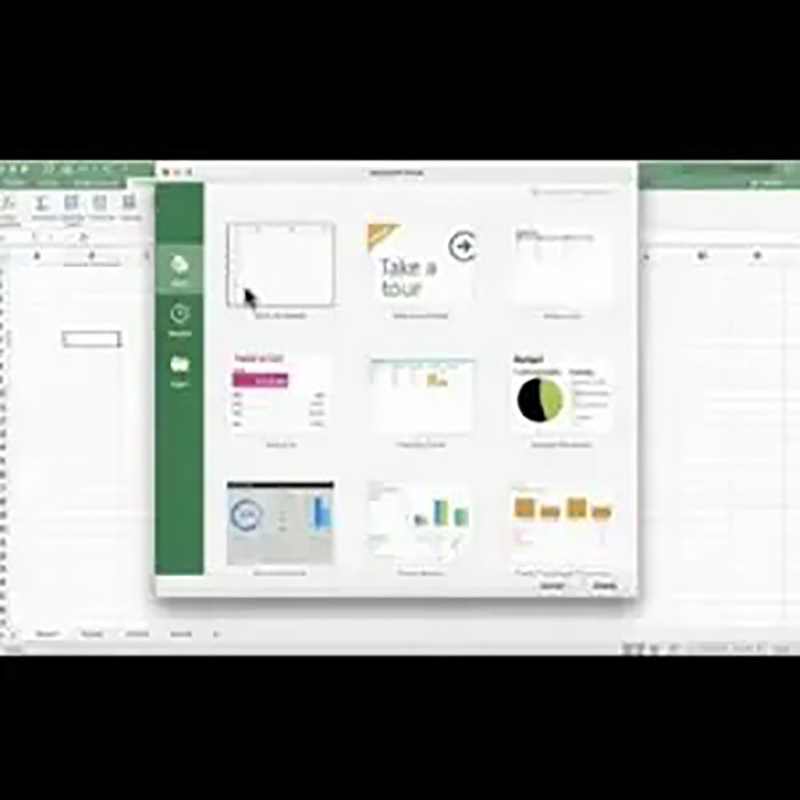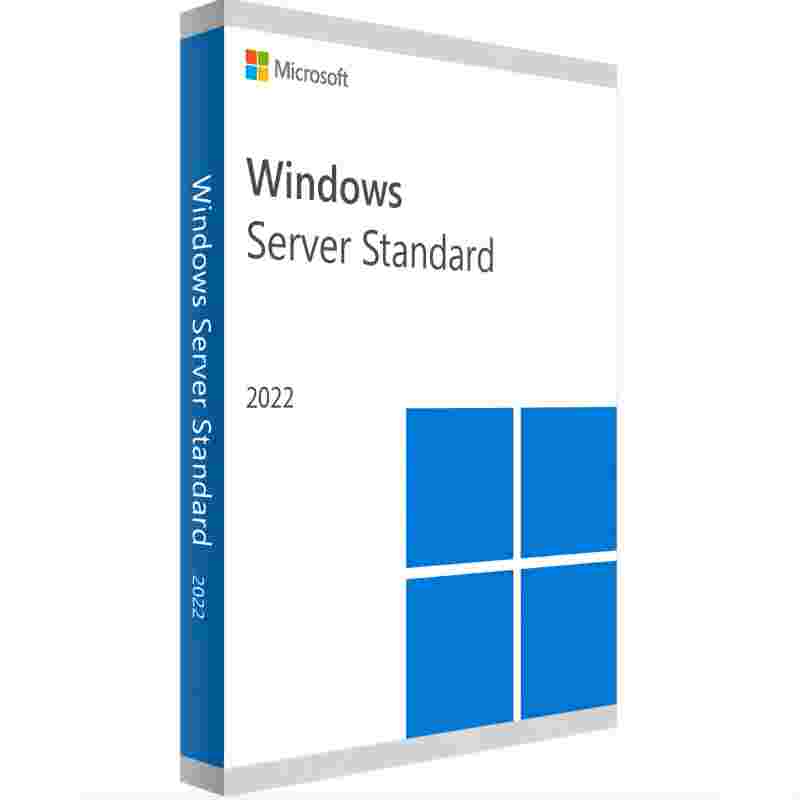Windows 11 beganrolling out on October 5, 2021, bringing new features including an updated taskbar and start menu, new multitasking features, and support for widgets.
For the most part users have a choice between two versions of the operating system: Windows 11 Home or Windows 11 Pro. But Microsoft will also offer a few specialized versions including Windows 11 Enterprise, Windows 11 Education, and Windows 11 SE. So what are the differences? Digital Download

Home users are most likely to encounter the Home or Pro versions of Windows 11, while users who get their computers through work or school may use the Enterprise or Education versions. For the most part they’ll look and feel the same, with the same user interface and features.
There’s also Windows 11 SE, which is a new version of Microsoft’s operating system announced November 9, 2021. It’s optimized for the K-8 education market. It’s more locked down than some most other versions of Windows, but it’s also streamlined for performance and security on entry-level hardware. Devices like the $250 Microsoft Surface Laptop SE are designed to run Windows 11 SE, which is designed for the education market and requires Microsoft’s Intune for Education management service.
Meanwhile, Windows 11 Pro, Enterprise, and Education include features that let system administrators set group policies, have firmer control over how and when OS updates or app updates are delivered, and other features that come in handy when you’re trying to manage data and security for multiple users.
Below is a comparison of Windows 11 Home, Pro, Enterprise, Education, and Education editions. Note that since Windows 11 SE is a new edition and there’s less information about its capabilities, there are some question marks in our comparison table:
*Microsoft has confirmed these features for Windows 11 Home and Windows 11 Pro, but has not officially released as much information about Windows 11 Enterprise and Education, so some of the details in this chart for those versions of the operating system are educated guesses.
Based on past experience, it’s likely Windows 11 Enterprise and Education editions will support most of the same features as Windows 11 Pro, but customers will be able to wait longer to install updates while still receiving support from Microsoft.
For home users, one of the biggest differences between Windows 11 Home and Pro are likely that the Pro version comes with support for Bitlocker Device Encryption, which allows for full-disk encryption for internal hard drives or SSDs as well as portable drives. Windows 11 actually adds support for Bitlocker Device Encryption on more hardware than older versions of Windows, including PCs that originally shipped with Windows 10 Home. But you’ll still need Windows 11 Pro (or Enterprise or Education) to use it.
Another difference is that this time around only Windows 10 Home Edition will be available in “S Mode,” which is a version of Windows designed for computers with limited resources. For performance and security reasons, it prevents users from installing apps from sources other than the Microsoft Store and restricts users to using Microsoft Edge for the web browser. Customers who purchase a laptop with Windows 11 Home Edition in S Mode will be able to switch to Windows 11 Home for free, but the move is one-way: there’s no option to revert to S Mode after you’ve switched to the full version of Windows.
Microsoft will also likely offer a few variations of these operating systems including Windows 11 IoT Enterprise, Windows 11 Pro for Workstations, and Windows
This article was originally published September 30, 2021 and last updated November 9, 2021.
Liliputing's primary sources of revenue are advertising and affiliate links (if you click the "Shop" button at the top of the page and buy something on Amazon, for example, we'll get a small commission).
But there are several ways you can support the site directly even if you're using an ad blocker* and hate online shopping.
Contribute to our Patreon campaign
Enter your email address to subscribe to this blog and receive notifications of new posts by email.
If you compare Windows 11 Home and Pro in terms of gaming, there is no difference you can find.
It’s up to you how many software and apps do you want to install but If you talk about operating system It can be installed within 2 gb but you’ve to block windows updates to avoid red in disk space and If you don’t want to block it, I suggest you to upgrade Windows 10 or activate Existing Windows 11 using specific license key, For which you can go to a Microsoft store but it’ll be costly, So I recommend ODosta Store Which is absolutely legit store and selling Microsoft genuine products with lifetime warranty.
How to upgrade from win11 education to 11pro or enterprise in unclear….
That’s almost certainly not a comprehensive list of differences. For one thing it leaves off the mandatory Microsoft account for 11 Home, and I would imagine there’s more group policy options being respected by Enterprise and Education, like the one to “disable consumer experiences”.
Let’s all this a living document. I’ll be updating it as more information becomes available.
I can confirm that the MS account required for setup seems to be Windows Home-only, but I haven’t found any additional info about group policies yet.
Two IT pros I know tell me that the primary differences between Enterprise and Pro tend to have to do with the option to choose if and when to apply updates though. While that may change with Windows 11, it seems unlikely.
This budget dual-screen laptop has two 14 inch displays and an Intel Alder Lake-N processor
ReBoi is a DIY kit for turning a Game Boy Color into a Raspberry Pi-powered retro gaming PC (crowdfunding)

Windows 10 Home To Pro This might be the cheapest dual-screen laptop yet (Two 10.5 inch displays and Intel Alder Lake-N for under $400)